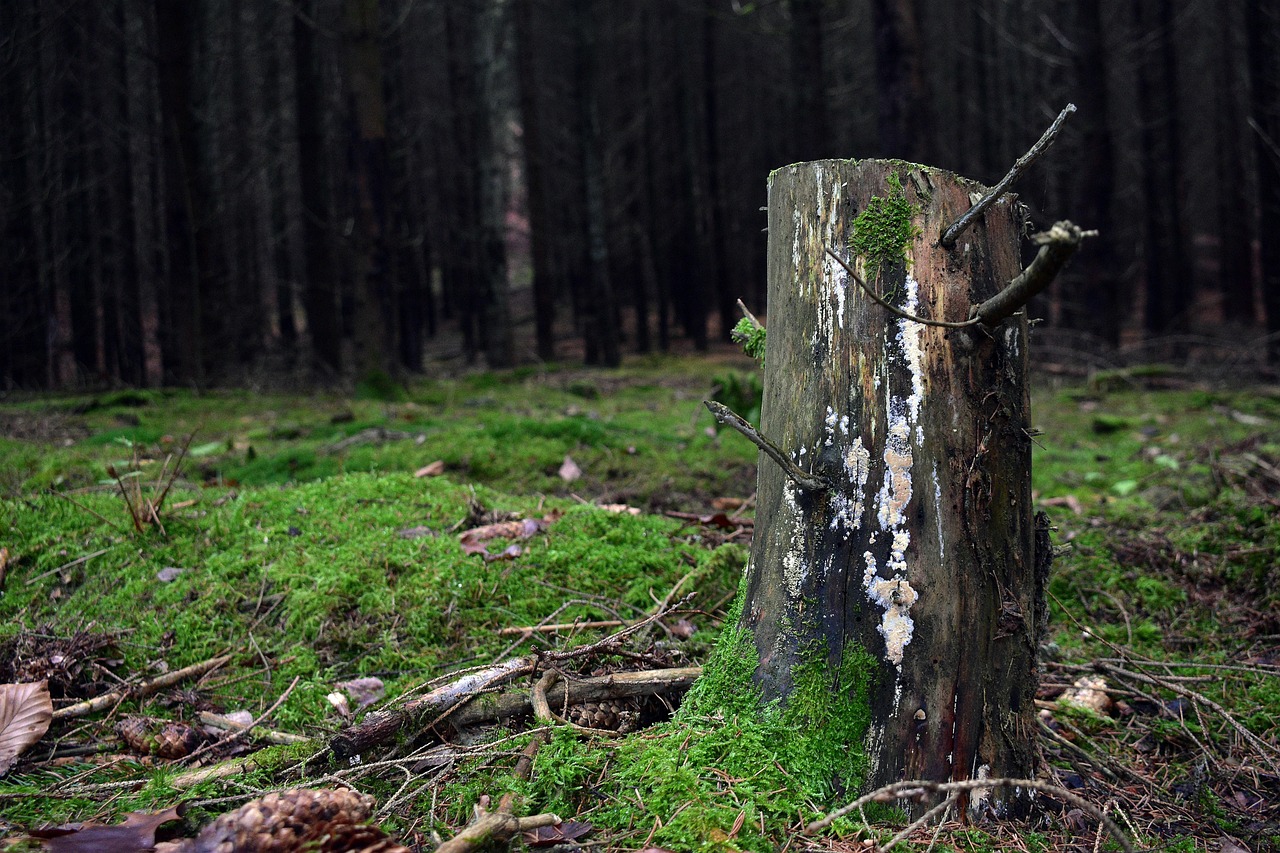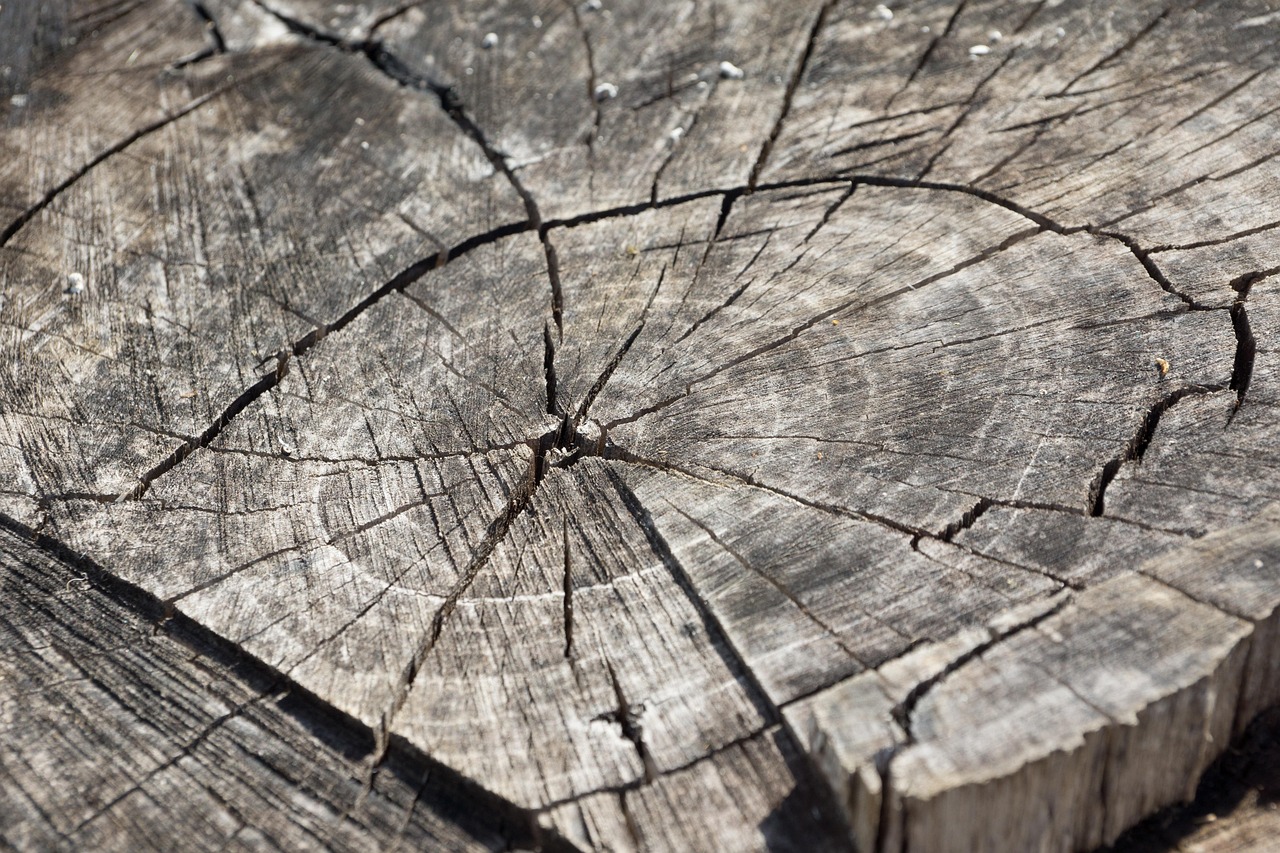TL;DR
- Always call 811 and mark private utilities before starting work.
- Use specialized, compact equipment and shallow grinding techniques near infrastructure.
- Professionals may use manual digging or hydro-excavation to expose roots near critical lines.
- Proper post-grinding backfill and monitoring are essential to prevent settling and damage.
Stump Grinding Near Foundations and Pipes: Minimizing Risk to Infrastructure
Tree stumps located close to residential foundations, underground utility lines, or septic systems present a unique and high-stakes challenge. While removing these remnants is essential for safety and property value, the risk of damaging critical infrastructure—leading to costly repairs, service interruptions, or even structural failure—is significant. As a tree care expert, I emphasize that grinding near infrastructure is not a standard job; it requires meticulous planning, specialized techniques, and professional expertise.
This guide outlines the critical steps and considerations necessary to safely and effectively remove stumps when they are in close proximity to your home’s vital systems. Prioritizing safety and precision ensures that the stump is eliminated without compromising your property.
Preparation and Utility Location
The most crucial step in minimizing risk is thorough preparation and accurate identification of all underground elements. Never assume a location is clear, especially in older or densely developed areas.
Mandatory Utility Marking (Call 811)
Before any grinding begins, the law requires contacting your local utility notification center (often 811 in the US) at least 48 to 72 hours in advance. This free service ensures that public utilities—gas, electric, water, and communication lines—are marked with colored flags or paint.
Identifying Private Infrastructure
Public utility marking does not cover private lines, which are often the most vulnerable near a home. Homeowners must take responsibility for locating and marking:
- Septic Systems: Tanks, drain fields, and associated piping.
- Irrigation and Sprinkler Lines: Often shallow and easily damaged by grinder teeth.
- Outdoor Lighting and Electrical Conduits: Low-voltage lines for landscaping features.
- Private Sewer Laterals: Lines running from the house to the main sewer connection.
If the exact location of private lines is unknown, professionals may use ground-penetrating radar (GPR) or consult property blueprints.
Pre-Grinding Site Assessment
A professional operator will conduct a detailed inspection to assess the stump’s proximity to the foundation and the soil type. For stumps directly adjacent to a foundation, physical barriers (like heavy plywood or steel plates) may be installed to protect the concrete from flying debris and vibration.
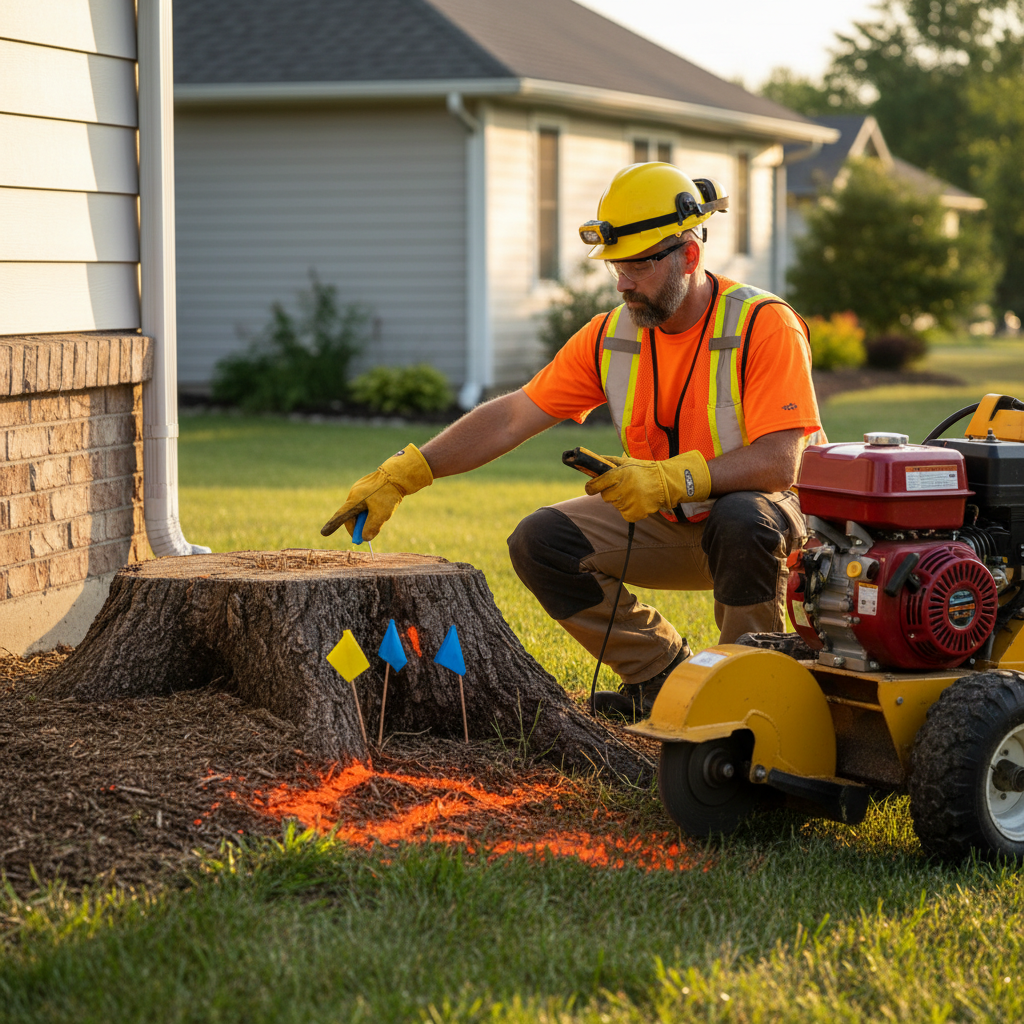 Figure 1: Pre-grinding inspection is mandatory to identify and mark all public and private utility lines.
Figure 1: Pre-grinding inspection is mandatory to identify and mark all public and private utility lines.
Safe Grinding Techniques
When working near critical infrastructure, the goal shifts from aggressive removal to controlled, precise elimination. This often means adjusting equipment and grinding depth.
Equipment Selection for Tight Spaces
Large, track-mounted grinders are often too powerful and bulky for confined areas near foundations. Professionals experienced in urban or constrained environments will utilize:
- Walk-Behind Grinders: Smaller, more maneuverable machines that fit through narrow gates and operate with less vibration.
- Remote-Controlled Grinders: Allows the operator to stand at a safe distance, offering better visibility and control, especially near hazardous areas.
Precision and Depth Control
The standard grinding depth is 6 to 12 inches below grade to prevent regrowth. However, near utility lines, this depth must be significantly reduced.
- Shallow Grinding: Near marked utility lines, grinding may be limited to 4 to 6 inches, or just enough to cover the stump with topsoil. This leaves the deeper, potentially intertwined roots intact but minimizes the risk of striking a pipe.
- Hydro-Excavation: For roots directly over a critical line, some professionals use pressurized water to safely expose the root system and the pipe. This allows the operator to manually cut the root away from the pipe before grinding the rest of the stump.
- Manual Root Removal: Near foundations, large lateral roots that could potentially cause future structural issues are often cut and removed manually using specialized hand tools, rather than relying solely on the grinder.
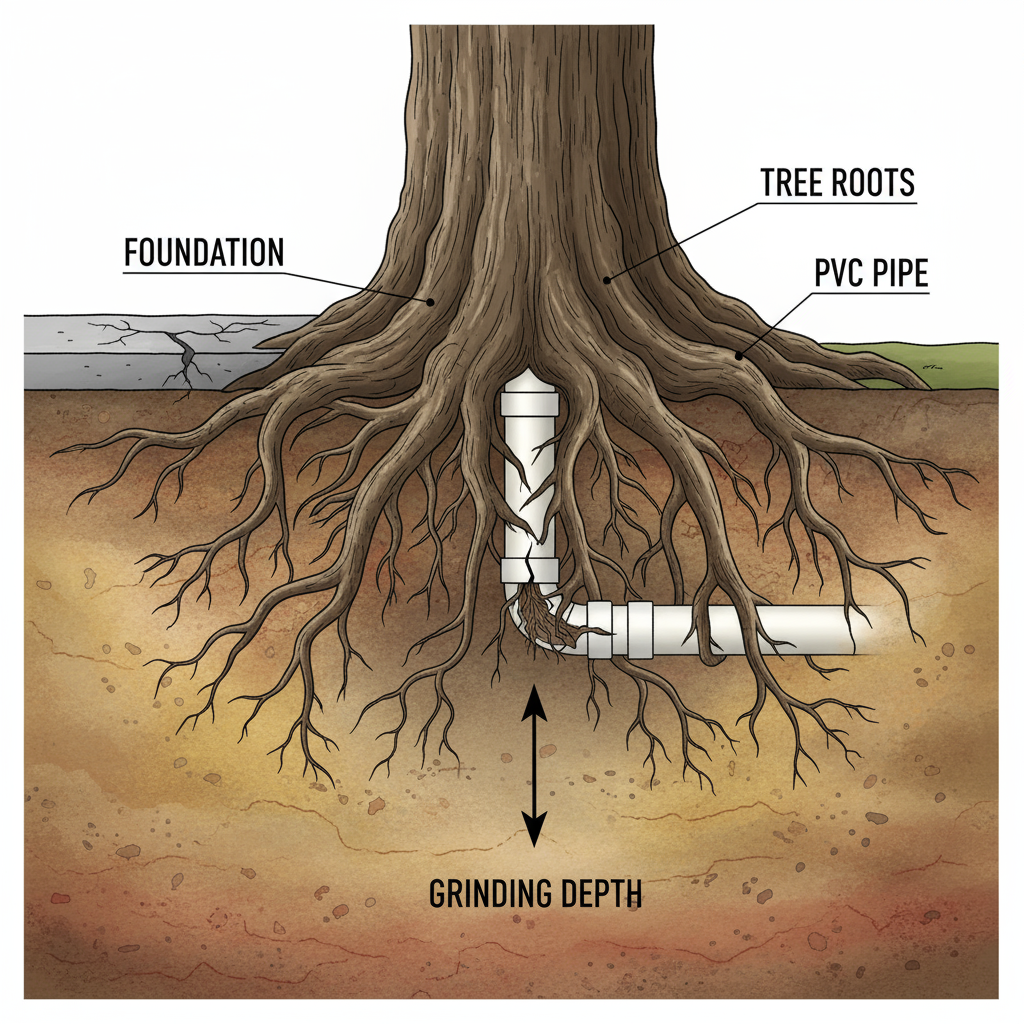 Figure 2: A cross-section view illustrating the risk of deep grinding near utility lines and the need for precision depth control.
Figure 2: A cross-section view illustrating the risk of deep grinding near utility lines and the need for precision depth control.
Post-Grinding Assessment
Once the grinding is complete, the work is not over. A thorough post-job assessment is vital to confirm safety and prepare the site for recovery.
Immediate Inspection for Damage
The operator should immediately inspect the surrounding area for any signs of damage:
- Utility Check: Look for water leaks, gas odors, or exposed electrical conduits.
- Foundation Integrity: Visually inspect the foundation and nearby hardscapes (patios, sidewalks) for new cracks or shifts caused by vibration.
- Root Sprout Treatment: Apply targeted, professional-grade herbicide to the remaining root system to prevent suckers from emerging, which can be particularly problematic near foundations.
Proper Backfilling and Compaction
The large hole left by the stump must be filled correctly to prevent future settling, which can create tripping hazards or cause water to pool near the foundation.
- Layered Fill: Use screened topsoil, not just the wood chips, to fill the hole.
- Compaction: Add soil in 4-6 inch layers, compacting each layer thoroughly with a tamper or water to ensure stability.
- Mounding: Overfill the area slightly, as the soil will continue to settle over the next few weeks.
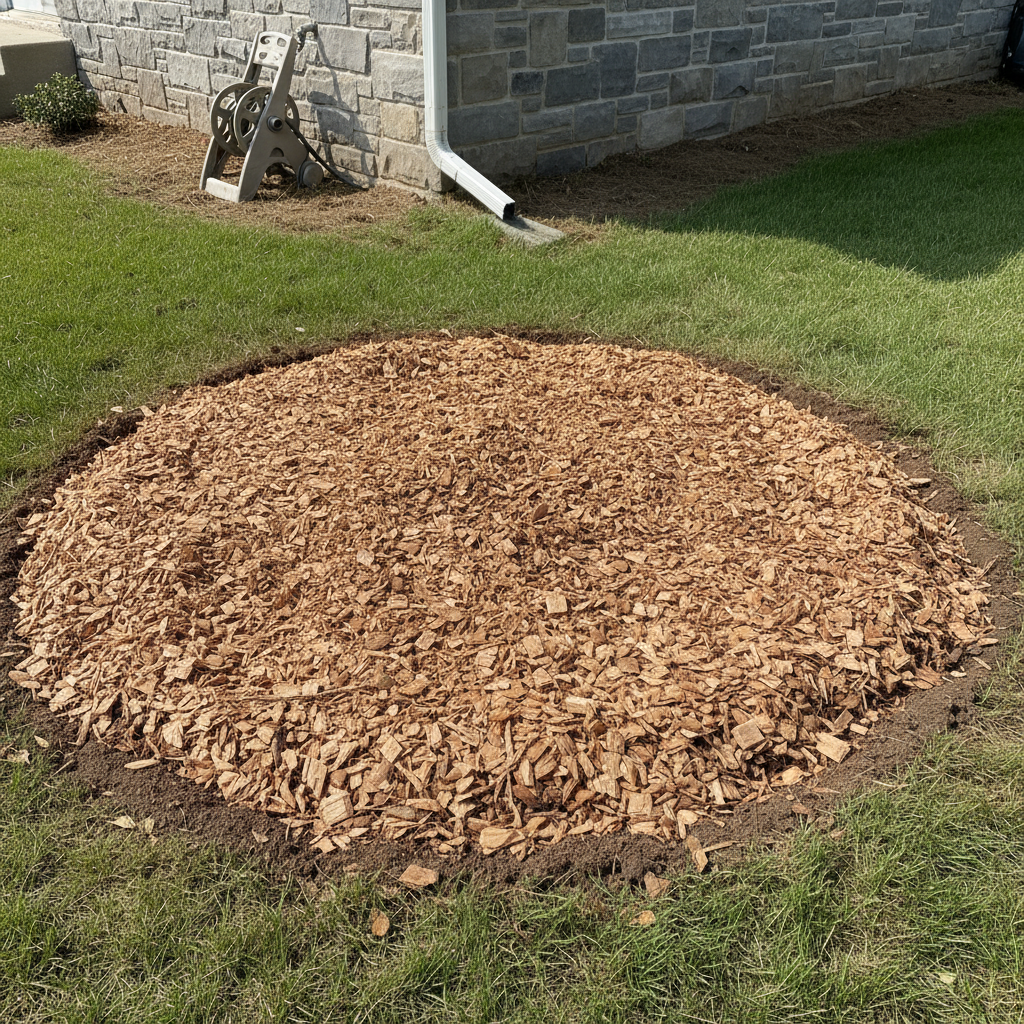 Figure 3: Proper backfilling and compaction of the grinding hole prevents future settling and water pooling near the foundation.
Figure 3: Proper backfilling and compaction of the grinding hole prevents future settling and water pooling near the foundation.
Conclusion
Stump grinding near foundations and pipes is a task that demands the highest level of caution and professionalism. By adhering to strict preparation protocols—especially utility locating—and employing precision grinding techniques, homeowners can successfully eliminate hazardous stumps while safeguarding their property’s critical infrastructure. Always choose a licensed and insured professional with proven experience in navigating these complex, high-risk scenarios to ensure a safe, clean, and complete job.
